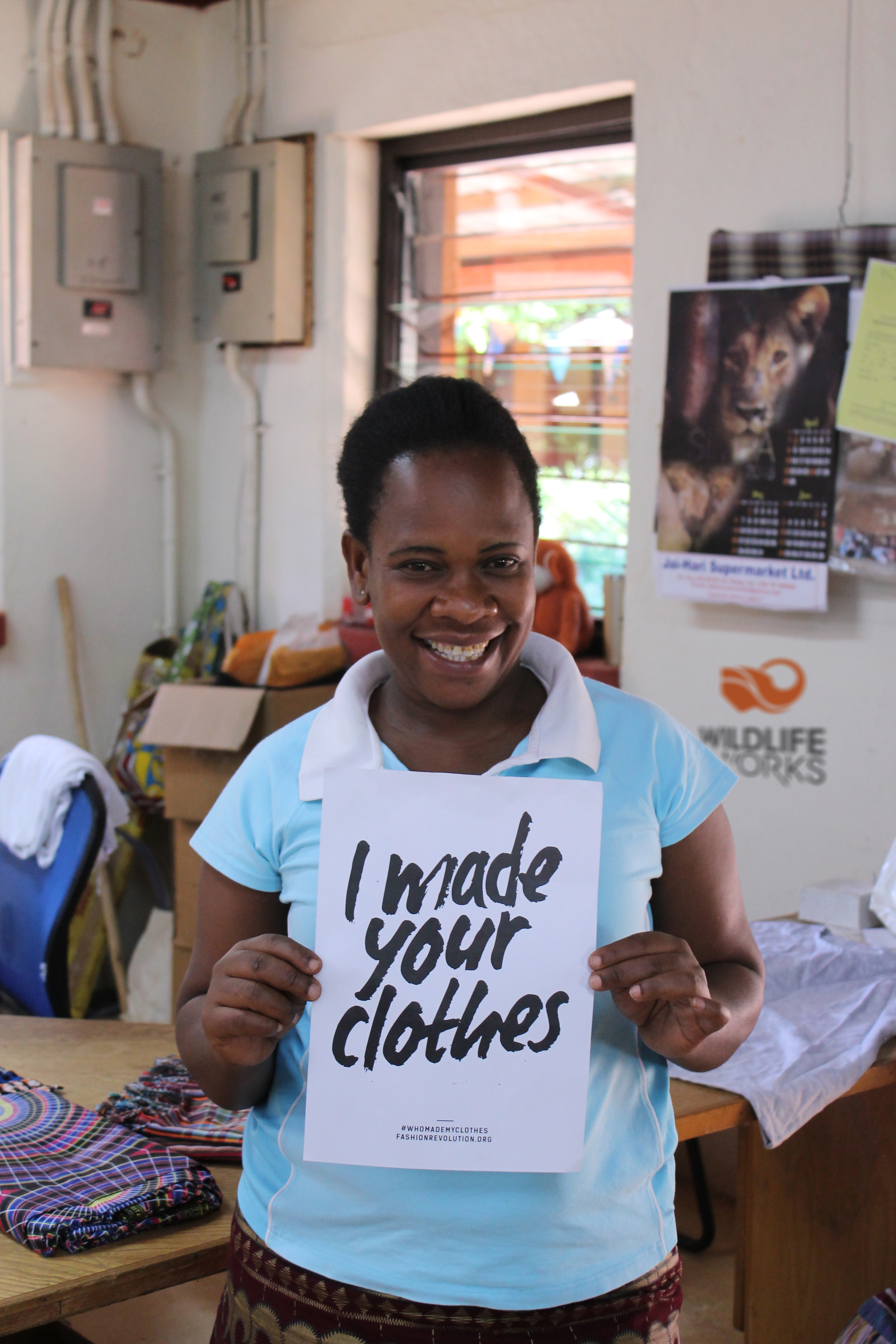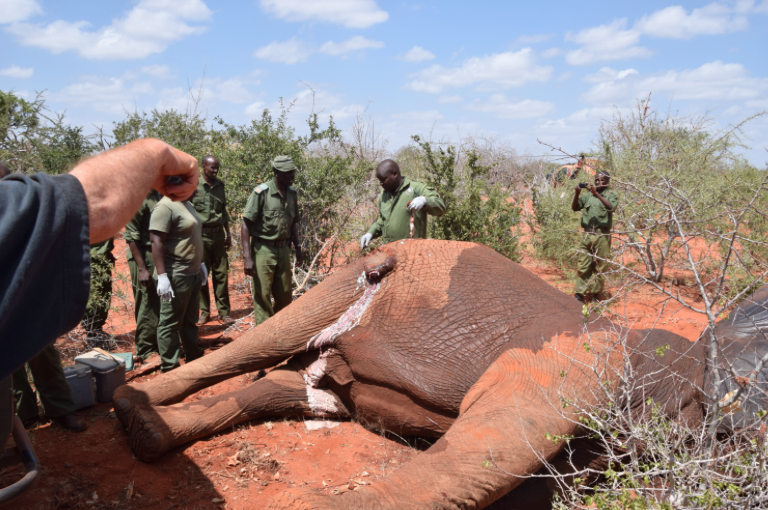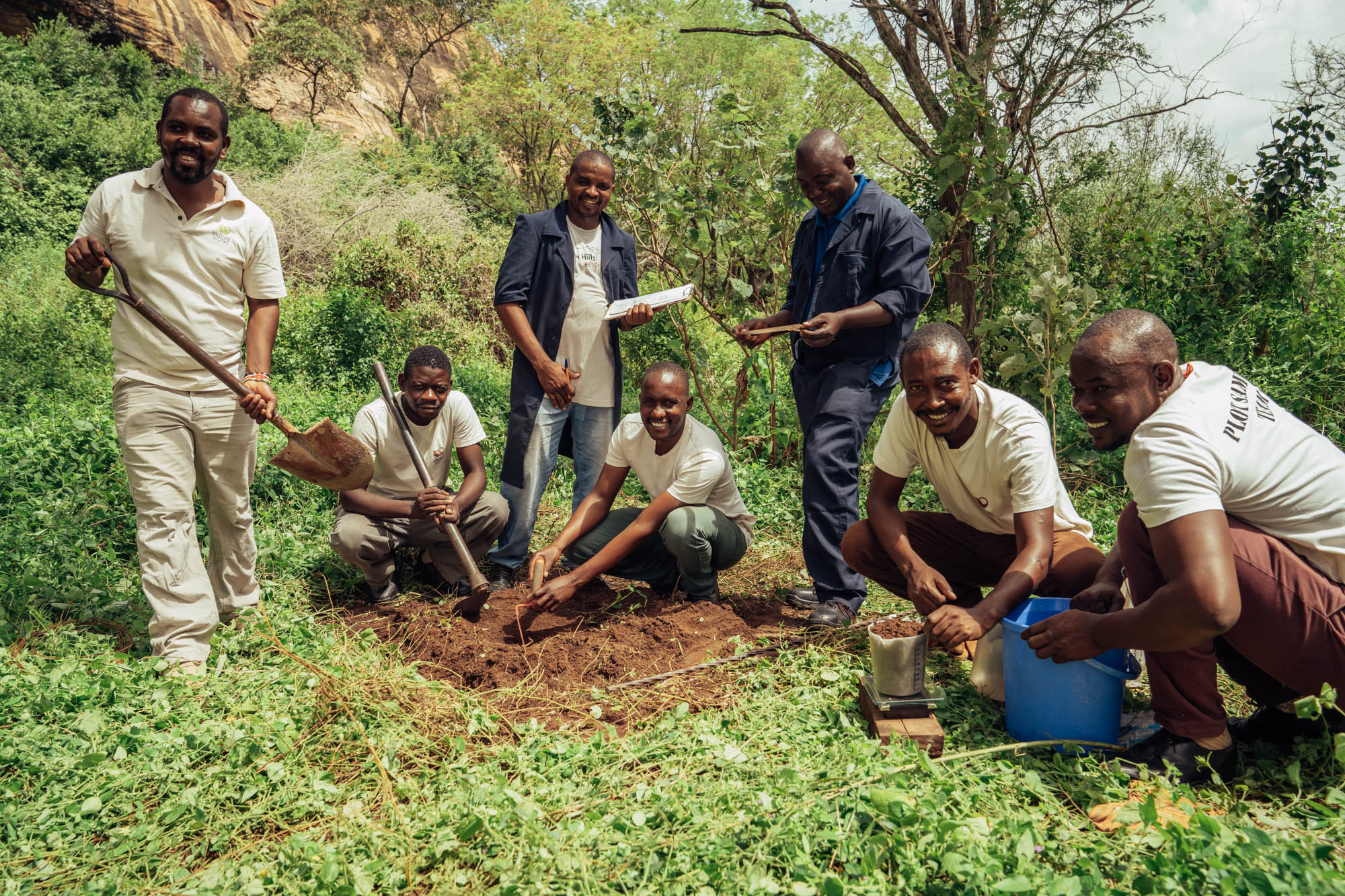
Human Wildlife Conflict; Reducing Tension Between Communities and Elephants
By Jane Okoth
When Erick Sagwe, the Head Ranger at Wildlife Works, receives frantic phone calls from the local community about elephants invading their farms, he knows it’s time for him and his team to brace for a long night. “We receive phone calls from community members asking us to help drive away the elephants which have invaded their farms. Despite it being a dangerous job, we go because it is our duty to keep communities and animals safe,” he says.
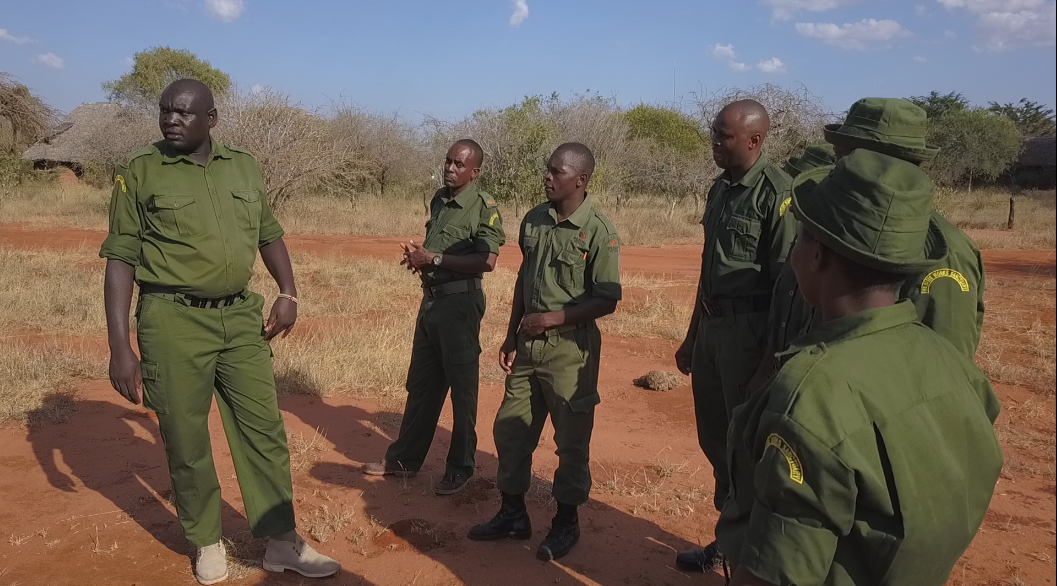
Human wildlife conflict is considered to be one of the biggest threats to the continued survival of species around the world. The impacts can be devastating with people losing their crops and sometimes their lives, leaving endangered wildlife at risk of being attacked by the community in retaliation. Sadly communities in the Kasigau Corridor, which is home to thousands of wildlife that migrate throughout the area, are not an exception. At the moment, the biggest concern has been trying to reduce tension between communities and elephants in hotspots by discouraging crop raiding behavior. Our brave rangers play this critical role, which ensures that the lives of people and elephants in the Kasigau Corridor are protected.

Sagalla community, one of Wildlife Works’ community locations, can attest to this predicament because they have consistently been at odds with elephants since December last year. Many Sagalla farms are situated at the border of the wildlife corridor, making it easy for the wildlife to cross over, and raid their crops. “With the lack of rain and vegetation, elephants have to find a means of survival making community farms and water sources their next option,” says Erick.
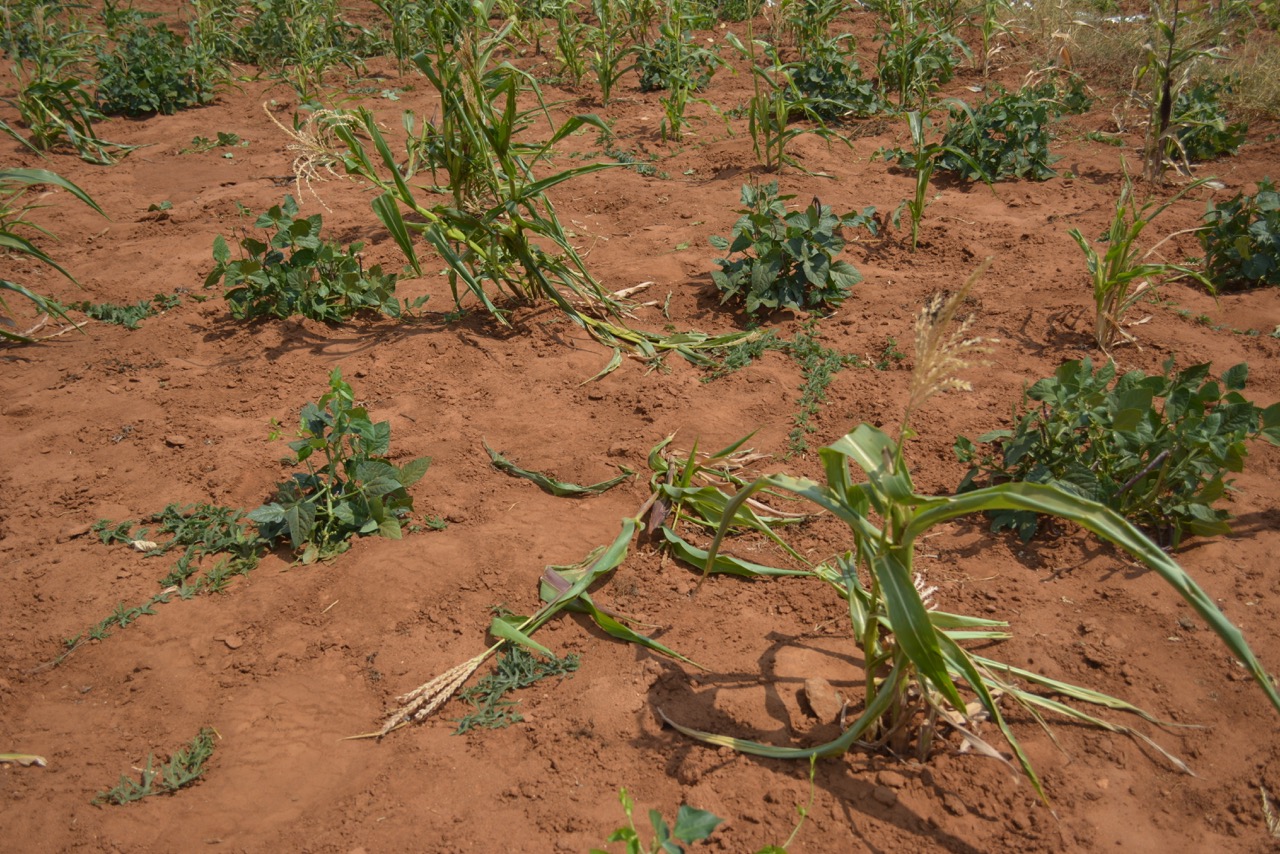
To contain this situation, our 16 rangers from 2 camps have been teaming up with Kenya Wildlife Service rangers to have a presence on the farms, especially at night. Erick recalls that the operation was not easy at first because the elephants were scattered across the different ranches, making it harder to locate them. “Some elephants were also mischievous and engaged our rangers in a cat and mouse game, moving back into the farms as soon as the rangers had left. But with persistence and the help of thunder flashes, we managed to drive the elephants out of the farms and ensured their safe return to the wildlife corridor,” he adds. The rangers work with community members who alert them whenever they see an elephant roaming around which is important in knowing the jumbos’ entry and exit points. Through this coordination, they were able to control the situation after 6 days. Elephant-human conflicts have become minimal and the community members are now planting and harvesting their crops with less fear of elephant invasions.
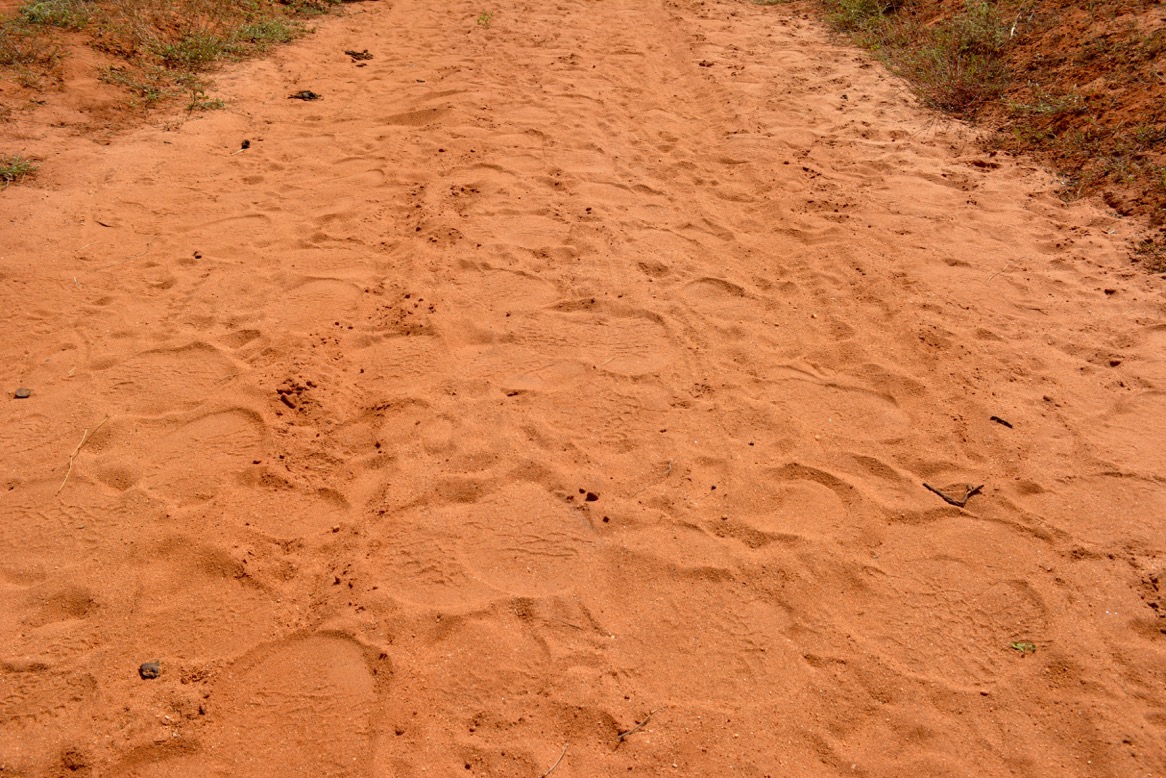
During the month of February, Wildlife Works’ aerial surveillance team and rangers on the ground participated in the Save the Elephants’ (STE) collaring operation, working with Kenya Wildlife Service and Tsavo Trust. Ten bulls and ten female elephants were fitted with advanced satellite radio tracking collars to provide data into their movements. The elephant movements will be monitored, which will be used to predict areas where elephants and human beings might come into conflict, and to curb human wildlife conflict in our project area.
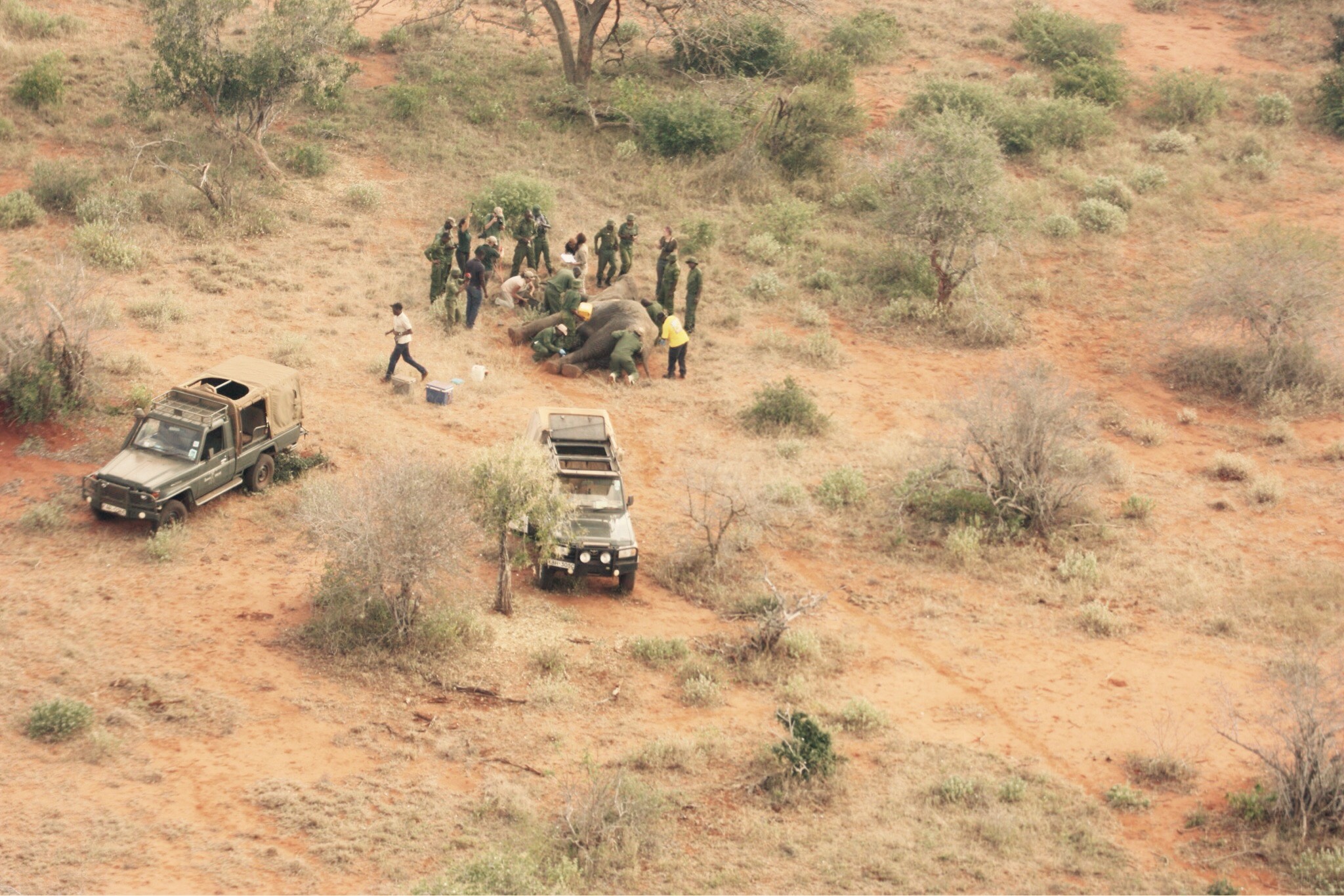
All these operations are vital in encouraging the community to be more enthusiastic and supportive of wildlife conservation. At Wildlife Works, we would like to thank our brave rangers for their continued dedication in helping to curb human wildlife conflict.
